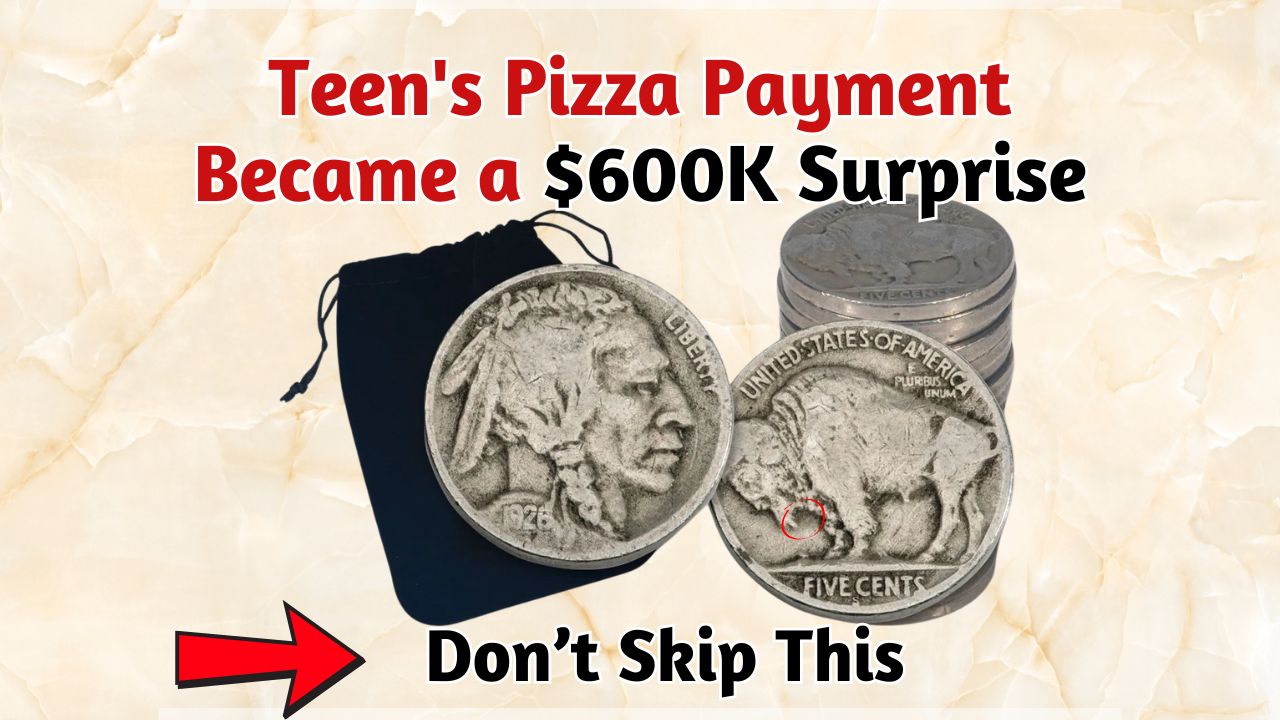A penny worth millions may sound like a fairy tale, but it’s a real possibility for lucky collectors. The Lincoln Wheat Penny, a small copper coin first made in 1909, has captivated coin collectors for years. While most of these pennies are worth just a few cents, some rare ones have sold for prices as high as $3,877,500.
This proves that even the smallest treasures can make a big impact. into why the Lincoln Wheat Penny is so valuable, which versions are worth looking out for, and how you might find one in your own pocket change.
Lincoln Wheat Penny
The Lincoln Wheat Penny was introduced in 1909 to mark the 100th birthday of Abraham Lincoln. Designed by Victor David Brenner, it was the first U.S. coin to feature a portrait of a president. On the back of the coin, you’ll see two wheat stalks, representing America’s strong agricultural roots.
These coins were made until 1958 and were widely circulated. However, some years and errors have made certain versions especially rare and valuable.
Over 1 billion Wheat Pennies were minted in some years, but not all of them are equally valuable. Among the many, only a few stand out as highly sought after by collectors.
Wheat Pennies Worth Millions
Several factors contribute to the huge prices some Lincoln Wheat Pennies can fetch:
| Factor | Description |
|---|---|
| Minting Errors | Mistakes, like striking the coin on the wrong metal or creating doubled dies, can make them rare. |
| Low Mintage | Fewer coins produced in a particular year makes them more valuable. |
| Metal Composition | Changes in metal during wartime created unique variations in some pennies. |
| Condition | Coins in great condition, like those graded MS-65 or higher, can command top prices. |
One of the most valuable versions is the 1943 Bronze Wheat Penny. During World War II, the U.S. Mint switched from copper to steel to save copper for military use. However, a few pennies were accidentally made using leftover bronze blanks from 1942. These rare pennies are worth a lot, and only a few are known to exist.
In 2010, one of these bronze pennies was sold privately for $3,877,500, setting a record for the most expensive Lincoln Wheat Penny ever sold.
How to Spot a Rare Lincoln Wheat Penny
If you’re wondering whether you have a valuable penny, here are some tips to check:
- Look at the Date: Check pennies minted between 1909 and 1958.
- Check the 1943 Penny: Most 1943 pennies are steel and will stick to a magnet. If yours doesn’t stick, it might be the rare bronze version.
- Inspect Mint Marks: Pennies with mint marks “D” (Denver) or “S” (San Francisco) from low-mintage years could be worth more.
- Look for Errors: Double stamps, off-center strikes, or any unusual features can make a penny valuable.
- Examine the Condition: Pennies with little wear, sharp details, and no scratches are worth more.
Can Rare Pennies Still Be Found in Circulation
Yes, rare Wheat Pennies can still be found in pocket change, old coin jars, or estate sales. While it’s uncommon, many people have found valuable pennies just by paying close attention to their coins. Even if you don’t find a penny worth millions, some older or well-preserved Wheat Pennies can still be worth a few dollars to collectors.
The Enduring Legacy of the Lincoln Wheat Penny
The Lincoln Wheat Penny is more than just a coin; it’s a piece of American history. It reflects the country’s journey through wars, economic changes, and technological growth. For coin collectors and history enthusiasts, these pennies are valuable links to the past.
The idea of finding a rare penny worth thousands—or even millions—keeps collectors on the lookout. After all, you never know when a simple penny could turn into a fortune.
FAQs
How can I tell if my 1943 penny is bronze or steel?
Use a magnet. Steel pennies will stick, but bronze ones won’t.
Are Lincoln Wheat Pennies still in circulation?
Yes, but they are rare. You may find them in old collections or jars.
What’s the most valuable Lincoln Wheat Penny ever sold?
A 1943 bronze penny sold for $3,877,500.
What years should I look for in Lincoln Wheat Pennies?
Focus on 1909-1958, especially the 1909-S VDB, 1914-D, and 1943 bronze pennies.
Do mint marks affect a penny’s value?
Yes, mint marks like “D” and “S” can indicate lower mintages and higher value.












